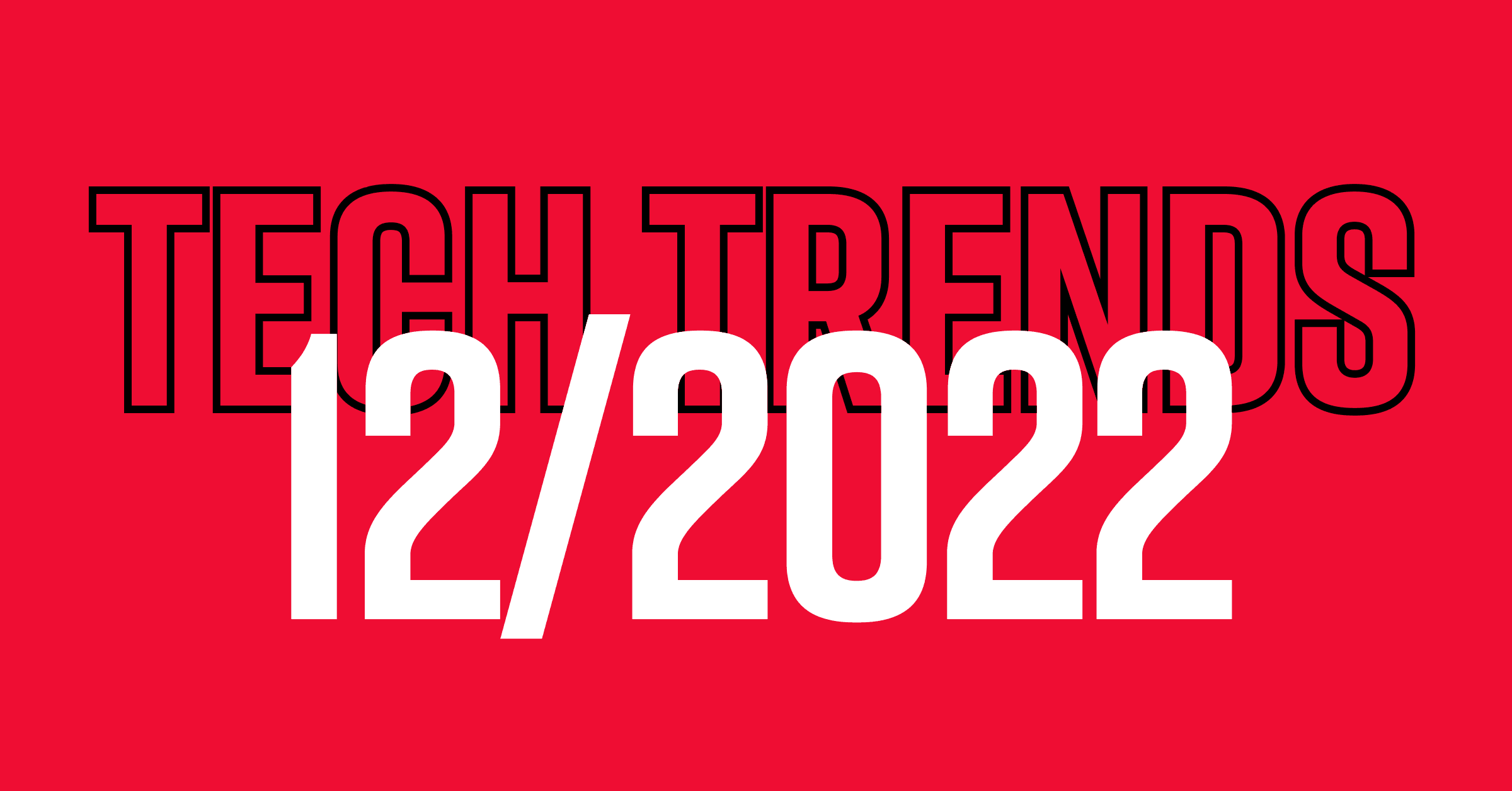Venues and digital platforms are turning viewers and audiences into participants. Athletes are monitoring their performance closer than ever by utilizing wearables. And the very definition of sports is being questioned with the rise of competitive gaming.
Whether it’s cause or effect, today’s sports fans need more than a moonwalking mascot and some hotdogs. They want to be taken care of. And they want to be thrilled not just by a good game, but by the entire viewing experience.
Want your venue, digital platform, product or skills to make an impact? You’d better get familiar with the newest technology, fast—and look for ways to bring that tech to the next level.
After working on a number of projects within the sports industry, we’ve noticed that all of these new opportunities can be summed up into five trends. Here’s what they are, and the changes that go along with them.
(To see a bit of what STRV's done for the industry, check out our work for The Athletic, read about our TSM concept — or just ask.)
1. SMART IN-STADIUM EXPERIENCE
Young sports fans accustomed to mobile communication and instant access need more than the promise of a fun game if they’re going to buy tickets. They need a highly immersive spectator adventure.
Think VR gear that lets you explore the stadium before the match. Think convenient check-in and mapped-out amenities via easy-to-use apps. And think not having to buy the most expensive ticket to make your trip worth it; you get special vantage points from the referees’ or umpires’ perspectives on the big screen.
Utilizing the right mobile app features, fans can interact, receive promotions, order food and view instant replay videos from their devices while the game takes place just feet away.
A fun way of helping fans navigate the hectic nature of an arena? Chatbots. Wimbledon now uses a chatbot called Ask Fred, a cognitive assistant that runs on IBM’s Watson technology. It uses AI to interact with the event’s attendees, and answers questions about anything from souvenir shopping to dining options.
Paying to go to a game must now get fans the full package: The atmosphere of a live game. The comfort of your living room. The services of a top-notch eatery. The views of a high-def flatscreen TV. And full access to information—in real time. Which brings us to…
2. PERSONALIZED CONTENT
We’re talking immersive, live-action, fully-interactive channels and omni-channel experiences throughout smart stadiums, digital platforms and mobile. Delivery of content over the Internet, as opposed to the traditional TV broadcast route. A big part of this? Smart TVs.
The global smart TV market is projected to hit $295.55 billion by 2025. Millennials are ready to cut the cord. They're willing to pay more for streaming services than traditional TV. But those services must meet their expectations.
Modern viewers now require highly personalized content that puts them in control of their own viewing experience. For sports fans, this also means unlimited access to both live and archived games.
To meet demand, streaming services need to utilize augmented reality, data visualization and customization to provide maximum engagement. Major sports organizations are already offering streaming packages, like NFL Live or NBA League Pass. The MLB has developed a live streaming service and Smart TV app. And they’re all looking to do more. Because numbers show that this trend is here to stay.
In the UK, the number of families with Smart TVs grew from 12% in 2014 to 40% in 2018. Across the pond in the US, about 75% of all households have a smart set, smart device, or both. And those households now spend billions of hours watching content and using applications.
Of course, when you follow what you care about that closely, you want to be a part of the excitement. Smart technology supports immediate public engagement and allows for live game engagement, social media coverage and real-time feeds.
Engage with only the clubs, athletes and leagues you care about. And know more details about them than ever—including how your favorite athlete’s heart rate is looking this weekend. What you can know is becoming limitless, in large part thanks to…
3. WEARABLE TECHNOLOGIES
The number of connected wearable devices worldwide is expected to hit over 1.1 billion by 2022. The sports industry plays a huge role in this number. By using wearables, athletes get individualized, safe training that optimizes their performance. Coaches make better predictions and minimize risk. And sports fans get to watch pros at the top of their game.
The NBA is looking at options of going further than collecting data during practice—like tracking players’ sleeping patterns. Olympians are training using sensors that instantly transfer their port performance metrics to their coaches’ tablet devices. And athletes across the board are using devices in their helmets, shoulder pads, bats and more to train.
Increased investment in wearables and related analytics means quickly emerging partnerships between tech companies and sports teams. It’s enticing territory, but exploring it requires experience.
A successful wearable device must allow seamless connection with devices like HealthKit and Google Fit. That means organizing a content-heavy app into a streamlined interface. Collecting and visualizing data that dynamic requires immaculate design and development.
In traditional sports, careful monitoring through wearables can save an athlete’s life—like by catching the risk of heat exhaustion before negative effects set in. But it also greatly benefits the rising esports industry.
Without physical limitations, competitive gaming professionals often practice for over 12 hours a day, six days a week. This causes high stress levels and weakened focus. Wearables can track and analyze eye movement, heart rate and cognitive patterns. So, in real-time, players can be alerted that it’s time for a break.
And speaking of competitive gaming...
4. THE FUTURE IS ESPORTS
The esports industry is projected to generate over $1.5 billion in global revenue by 2020.
2018 saw a 38% increase in revenue from the previous year, and the number of occasional viewers grew by 35%, hitting 215 million. That’s 50 million more than that of esports enthusiasts, long seen as the primary audience.
Numbers clearly show that the definition of sports has changed. Competitive gaming now has a $10 million, 100,000 ft2 stadium in the U.S., and in 2017, Beijing National Stadium brought together the best gamers for an international competition—and tickets sold out in minutes.
It’s really no surprise that big names are taking part in the revolution. Red Bull and Coca-Cola have sponsored gaming events. Major League Soccer is creating its own FIFA esports league. And Michael Jordan has invested in aXiomatic, the parent company of Team Liquid - one of the most respected brands in esports.
Media rights are a significant source of esports’ growth, attracting companies like ESPN and Facebook. Expected to bring in $340 million by 2020, deals providing perks like exclusive content are all the rage. But the industry’s largest revenue stream is sponsorship, which is expected to reach $655 million by 2020. In fact, sponsorship is a trend all on its own...
5. ENHANCED SPONSORSHIP OPPORTUNITIES
Sponsoring an event has transformed from placing a logo on a few jerseys to having a direct influence on the sporting experience. And on the fans themselves.
With richer data and personalized fan experiences, sports teams know who was at the game, their purchase history, their interests and where they moved within the stadium. Having this specific information enables highly-focused targeting and authentic engagement both inside and outside the stadium.
Sponsorship by technology companies is perhaps the most game-changing outcome of the modern age. For example, Intel, IBM and Amazon Web Services sponsor properties for which they provide support at the backend and collect game and player data. This sort of integration leads to an authentic, seemingly less forced association with the customers. It also allows tech companies to demonstrate their capabilities to their target audiences, or to capture new markets.
These trends come down to maximum engagement. Going bigger. Being smarter. Embracing digital.
STRV has a rock-solid track record of delivering market-leading digital products. Redefining the fan’s experience of sports clubs, and generating new commercial opportunities for business.
We don’t just do the necessary. After defining every detail of your goal, our team gets you there—and beyond. We then remain on the sidelines indefinitely, ready to assist with anything you may need.





